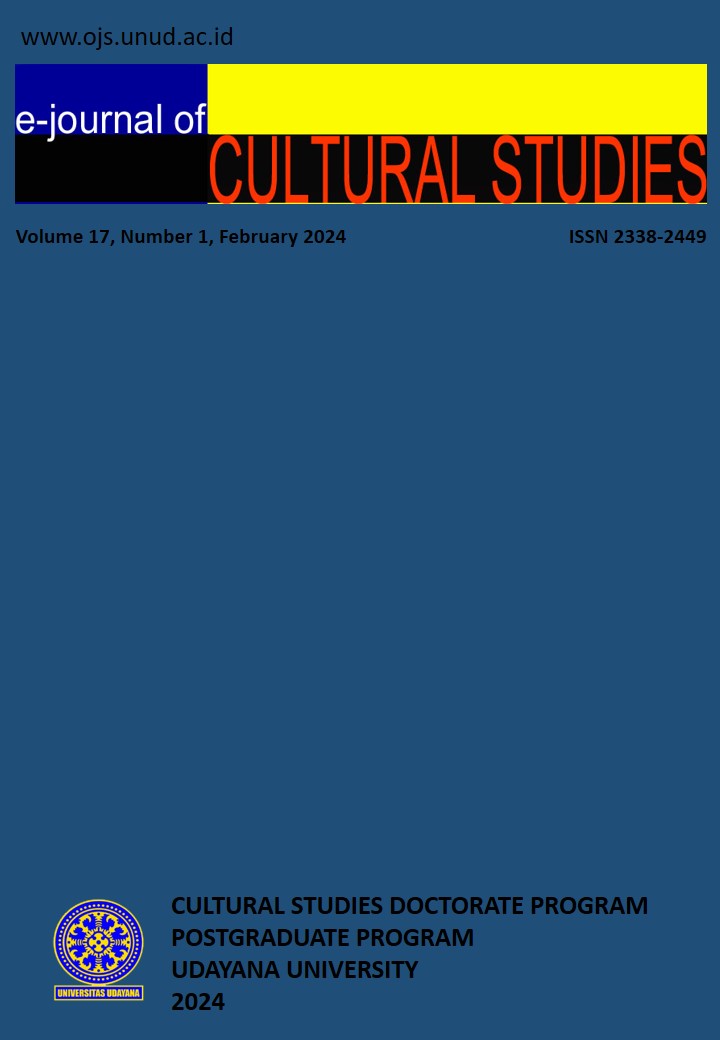THE EXISTENCE OF JEMAAH AHMADIYAH (AHMADYAH CONGREGATION) AFTER KETAPANG TRAGEGY IN WEST LOMBOK WEST NUSATENGGARA
Abstract
This dissertation which is entitled ‘The Existence of the Jemaah Ahmadiyah (Ahmadiyah Congregation) after Ketapang Tragedy in West Lombok, West Nusa Tenggara’ has been actually inspired by the latently continued sectarian conflict issue resulting from the strong resistance put up by people to its existence. The pressure it has faced has been horizontal, vertical and structural. Based on the background and problem described above, three basic questions are discussed in this study and are formulated as follows: 1) how the existence of Jemaah Ahmadiyah (Ahmadiyah Congregation) after the Ketapang Tragedy in West Lombok is; 2) what strategies are developed to maintain its existence after the Ketapang tragedy; and 3) what are the meanings of its existence after the Ketapang tragedy? The approach of cultural studies, which includes the theory of social segregation, the theory of subaltern and the theory of practice, is used as the theoretical orientation. Qualitative descriptive and interpretative analysis is used as the research method in this study. The data needed were collected by in-depth interview, observation, library research and documentation.
Based on the analysis of the results of the study, it is identified that the latent Ahmadiyah conflict occurring in Lombok has been the representation of the history forming the continued religious (Islam) discursive struggle. The claim of truth resulting from the epistemological difference in religious interpretation has been the source of the basic problem. As the characteristics of the religious interpretation developed by what is taught in Ahmadiyah is so autocritic (innovative) in nature that diametrically it extremely contrasts with the people who adhere to authoritarianism; it tends to be theopratical and its rivals tend to be theocentric; as a consequence, it is difficult to unite it and its rivals. After the Ketapang tragedy, the resistance put up to the Jemaah Ahmadiyah is getting socially and culturally segregated and this can be observed in socio-cultural, economic and religious aspects of life. The strategies it has developed to maintain its existence after the Ketapang tragedy are defensive strategy, consolidation strategy, intra-religious dialogue strategy and welfare improving strategy. The polemic of its existence, which used to pertain to theology and philosophy, is now expanding into sociological, cultural and political domains. Theologically, the continued discourse of Ahmadiyah conflict could mean the representation of the struggle of religious views with the epistemological difference as the source. Sociologically and culturally, the continued discourse of Ahmadiyah conflict is the representation of the fact that the local centrism politics is getting stronger. Politically, it might be stated to represent the confusing positions of the State and religions in Indonesia. Furthermore, it might indicate that the civilization war (gasw al-fikr): Islam versus the Western countries (which are identical with Christianity) would occur again.
Keywords: existence, Ahmadiyah, after tragedy







